Non-woven fabrics (nonwovens) are widely used in medical, hygiene, packaging, home, automotive and other industries because of their softness, breathability, and degradability. Different application scenarios have different requirements for the slitting accuracy, efficiency, and edge quality of non-woven fabrics, so efficient and accurate slitting machines have become the key equipment for non-woven processing.
First, the industry demand for non-woven fabric slitting
1. Medical & Hygiene Industries
• Mask ear straps, medical gauze, surgical gowns, wet wipes, etc. need to be cut with high precision to avoid burrs and flying flotsam
- Slitting width range: 5mm (ear band) ~ 2000mm (medical coil)
- It is required to be pollution-free and static-free, and some parts need to be slitted in a sterile environment
2. Packaging & Home Furnishing Industry
• Shopping bags, wall coverings, tablecloths, bed sheets, etc. require neat edges and smooth slitting
- The slitting width is large (500mm~3000mm), and the tension control requirements are high
- Some materials need to be cut after embossing to avoid deformation
3. Nonwovens for automotive and industrial use
• Automotive soundproof cotton, filter materials, industrial wipes, etc. require high-strength, burr-free slitting
- Some materials are thicker (high gram weight), and heavy-duty slitting machines are required
- High temperature resistance, antistatic and other special needs
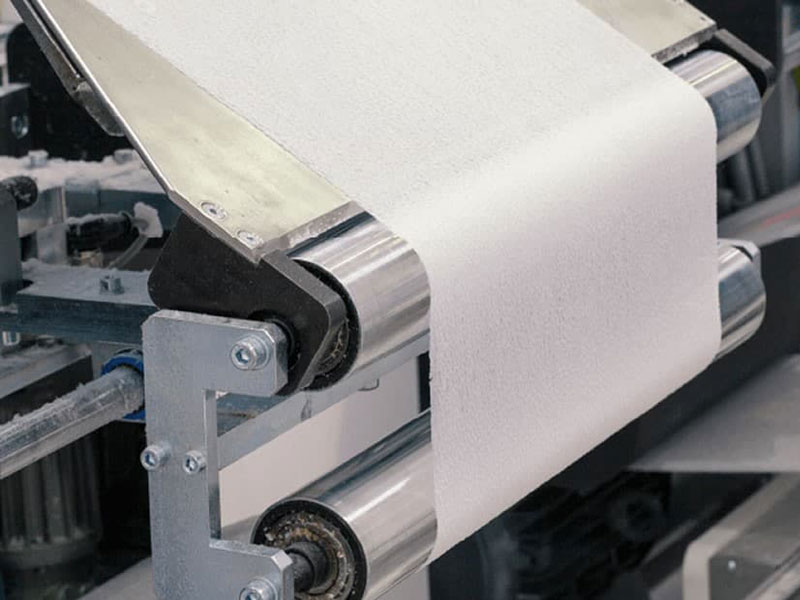
Second, the key technology of non-woven fabric slitting machine
1. High-precision slitting system
• Servo motor driven, slitting accuracy up to ±0.1mm
• Ultrasonic slitting (suitable for PP non-woven fabrics, reducing burrs)
• Round/flat knife slitting (depending on material thickness)
2. Intelligent tension control
- Magnetic particle brake + tension sensor is used to ensure that the non-woven fabric is flat and non-stretched
• Automatic deviation correction system (CCD or photoelectric detection) to prevent deviation
3. Efficient winding technology
• Dual-spindle automatic roll change reduces downtime
• Inflatable shaft rewinding to avoid material slippage or deformation
• Surface take-up/center take-up is optional, suitable for different gram weights of non-woven fabrics
4. Special function configuration
• Static elimination device (prevents non-woven fabrics from absorbing dust)
• Dust removal system (to reduce fiber scattering during the slitting process)
• In-line inspection system (automatic identification and marking of defects)
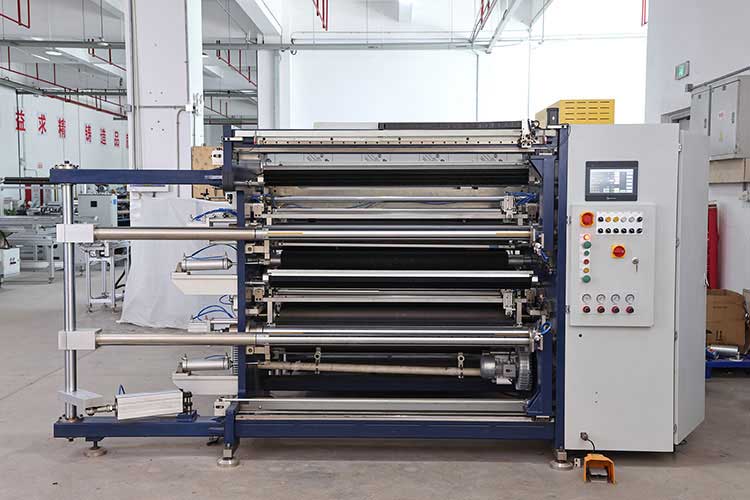
3. Industry application cases of non-woven fabric slitting machine
| industry | Typical products | Slitting requirements | Applicable slitter type |
| Medical/Hygiene | Masks, ear straps, wipes | Ultra-narrow (5-20mm), no burrs | Ultrasonic slitting machine + automatic winding |
| Packaging/Home | Shopping bags, wall coverings | Wide width (1000-3000mm), high tension control | Heavy duty round knife slitting machine |
| Automotive/Industrial | Soundproof cotton, filter material | Thick material, no deformation | Flat knife slitting machine + guiding system |
4. How to choose the right non-woven fabric slitting machine?
1. Select according to material properties
◦ Thin non-woven fabrics (< 50g/㎡): high-speed round knife slitting
◦ Thick nonwovens (> 100g/㎡): heavy-duty flat knife slitting
◦ Elastic non-woven fabric: low-tension slitting + anti-stretch system
2. According to the requirements of slitting accuracy
◦ Normal slitting: ±0.5mm
◦ High-precision slitting: ±0.1mm (e.g. medical materials)
3. Consider the scale of production
◦ Small batch and multi-variety: manually adjust the slitting machine
◦ Mass production: automatic slitting + intelligent winding
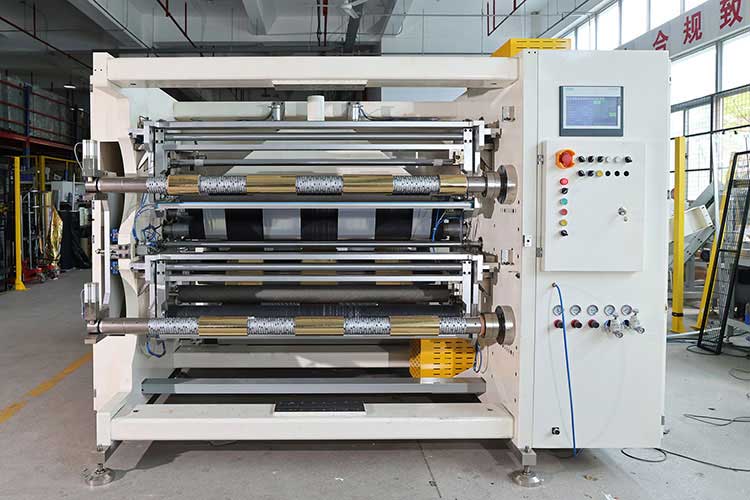
Fifth, the future development trend
• Intelligent: AI automatically adjusts slitting parameters to reduce manual intervention
• Energy-saving: low-energy motor + optimized slitting process
• Multi-functional: slitting + embossing + testing integrated equipment
conclusion
The efficient solution of the non-woven slitting machine needs to combine material characteristics, industry needs and intelligent technology to achieve high-precision, low-loss, and automated production. Choosing the right equipment can significantly improve the quality and efficiency of nonwovens processing.
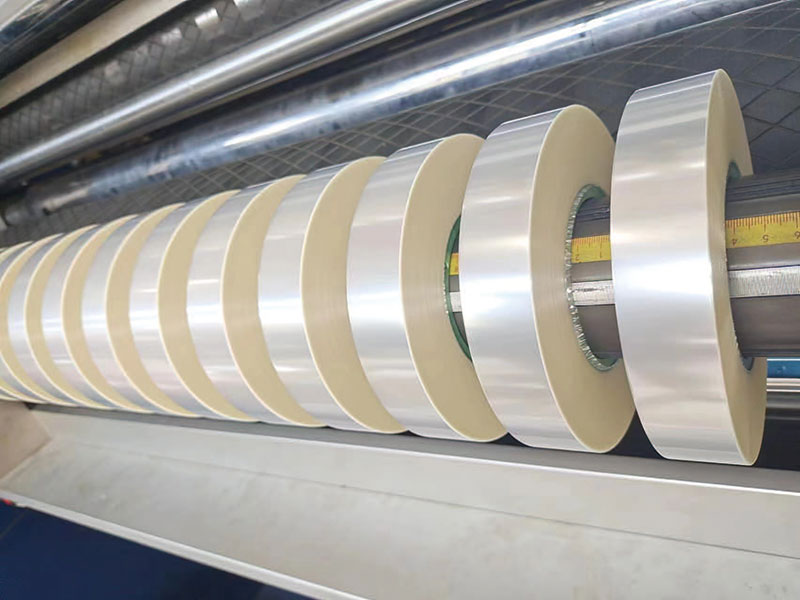 Multi-material compatible slitter design – one machine for films, metal foils, non-woven fabrics
Multi-material compatible slitter design – one machine for films, metal foils, non-woven fabrics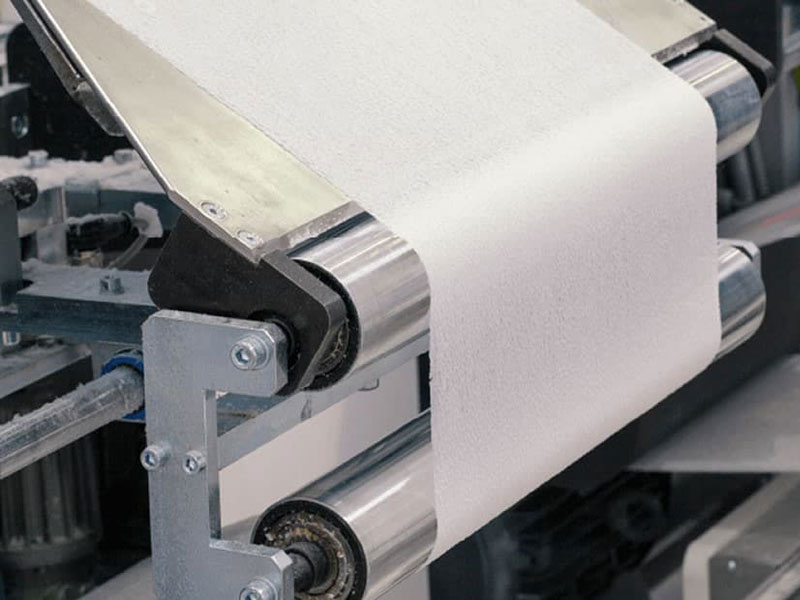 Description of use of non-woven fabric slitting machine
Description of use of non-woven fabric slitting machine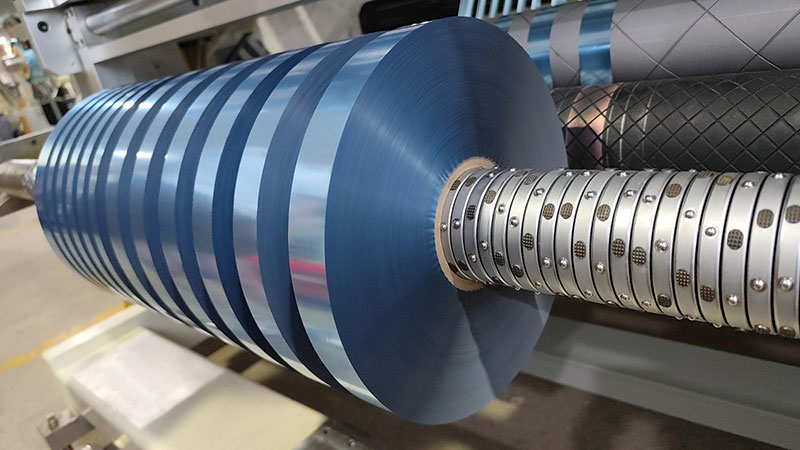 To meet the diverse needs of what are the product lines of slitting machines
To meet the diverse needs of what are the product lines of slitting machines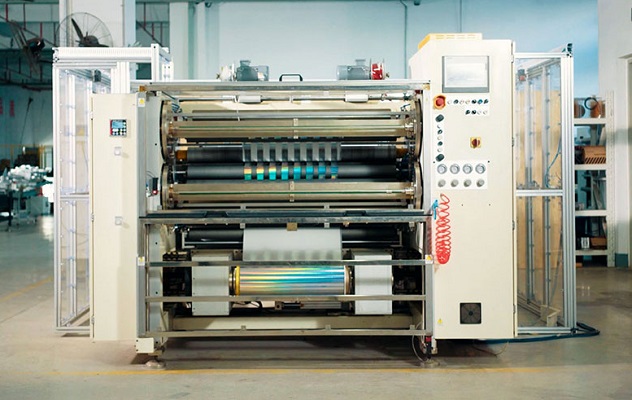 What are the advantages of vertical slitting machine
What are the advantages of vertical slitting machine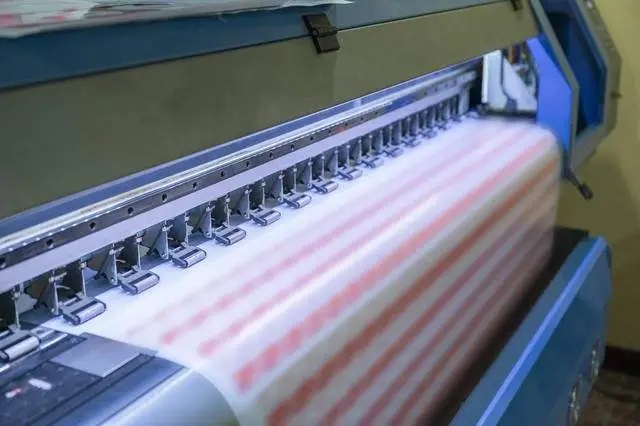 The reason for wrinkling of slitting and rewinding materials in the slitting machine
The reason for wrinkling of slitting and rewinding materials in the slitting machine